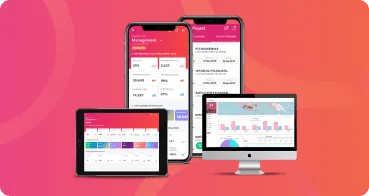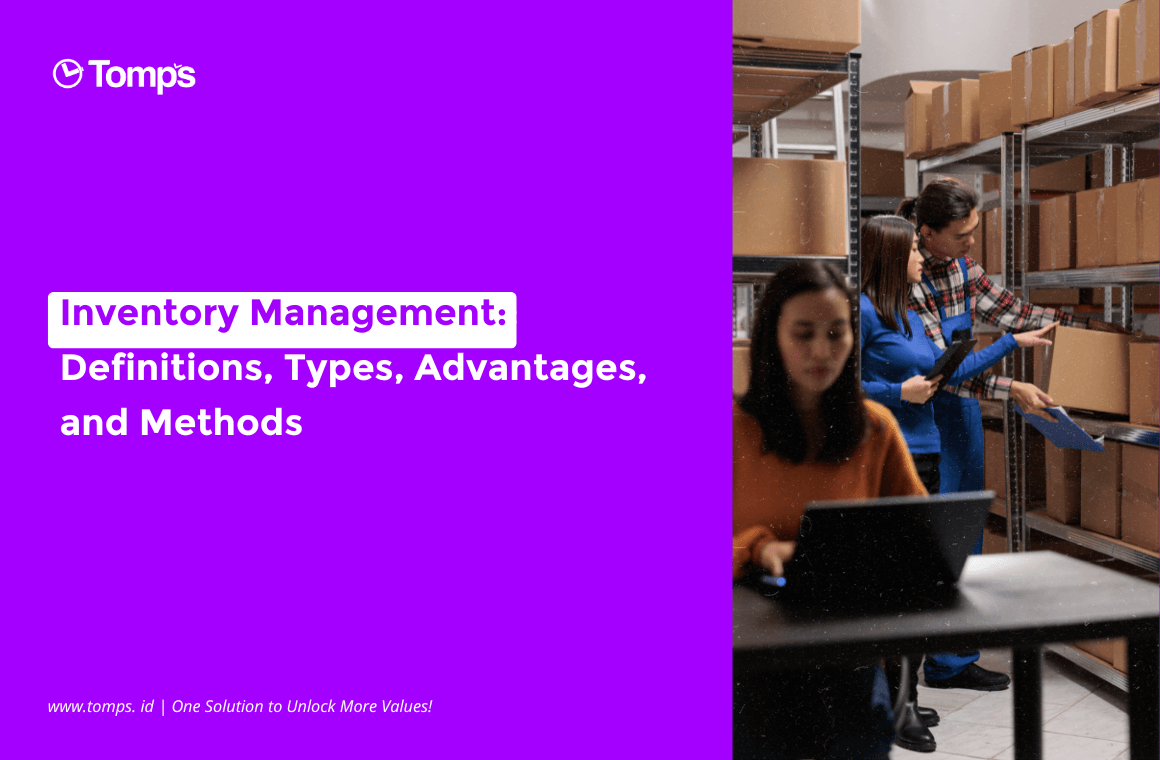Project reports are an essential element in the world of business and project management. It acts as a tool to provide an in-depth understanding of the progress and development of a project to all parties involved in the project. In this article, we will discuss what a project report is, its benefits, how to create one, different types of project reports, templates you can use, and provide an example of a project report.
What is a Project Report?
A project report is a written document that presents detailed information about the progress and development of a project. It covers various aspects of the project, including accomplishments, constraints, risks, resource usage, budget, and more. Project reports play an important role in facilitating communication between the project team, management, and all parties involved in the project.
Project reports aim to provide a clear picture of how the project is going, whether it is progressing according to plan, and what has been achieved in a given period of time. In addition, it also helps in identifying risks that may arise during project implementation, so that preventive measures can be taken. Project reports often contain key performance indicators (KPIs) that help in evaluating the achievement of project objectives and deciding whether changes or adjustments in the project plan are necessary.
The main purpose of project reports is to ensure that all project team members have a common understanding of the project's progress, so that informed decisions can be made. Project reports can differ in format and content depending on the type of project, complexity, and needs of the project itself.
Benefits of a Project Report
1. Monitoring Project Progress:
Project reports allow the parties associated with the project to be able to closely monitor the progress of the project. They can see if the project is on track or experiencing delays.
2. Identifying Risks:
Project reports help in identifying risks that may arise during the project. By knowing these risks, preventive measures can be taken early.
3. Proper Decision Making:
The information presented in the project report helps the project manager and the entire team in making informed decisions. They can adjust the project plan if required.
4. Effective Communication:
Project reports facilitate effective communication between project teams. It helps in avoiding misunderstandings and enhances collaboration.
How to Make a Project Report
Creating an effective project report requires good planning and structure. Here are the steps in creating a project report:
1. Identify the Needs of All Project Parties:
Determine who will be the audience of your project report. Parties with different needs may require different information.
2. Choose an Appropriate Format:
The format of the project report may vary depending on the project and the audience. Make sure the format you choose suits the needs of all parties.
3. Select Relevant Metrics:
Identify the metrics or key performance indicators that you will include in the report. This can include physical progress, budget, time, and more.
4. Collect Data:
Collect data from various sources, including project team members, meeting notes, and project management software.
5. Analyze Data:
Analyze the data you collect to identify trends, issues, or opportunities. The results of this analysis will form the core of your project report.
6. Report Preparation:
Draft the project report by following the structure you have defined earlier. Make sure to include an executive summary, key metrics, trends, and recommendations.
7. Review and Correction:
Before submitting the report, do a review and correction to ensure accuracy. Make sure the grammar and spelling in the report are correct.
8. Report Distribution:
Finally, distribute the report to all specified parties. Make sure the report reaches the right hands within the appropriate time.
Creating Project Reports with Tomps Project
Tomps Project is a project management solution that has been trusted and widely used in Indonesia, especially in the scope of project planning to reporting. This platform is designed to help project teams optimize the project management process more efficiently and effectively.
One of the main features of Tomps Project is its ability to compile project reports very easily. Its project progress report feature is very useful for monitoring and measuring the current state of progress and achievements in ongoing projects. This includes information related to lags, leads, and any delays that may occur during the project.
The reports generated by Tomps Project cover various important aspects involving the project. These include the name of the project, the identity of the Project Manager, the total amount of work completed, the ratio of the total number of issues to the issues still unresolved, the percentage of progress achieved, the project value, as well as the date it was last updated.
Thus, Tomps Project ensures that all key project-related information is available in one clear and organized view. This makes it easy for stakeholders to quickly understand the status and progress of the project, without having to search for information across separate sources.
Its ease of use and informative visual displays make Tomps Project a highly effective tool in project report preparation. In the project management space, having easy access to detailed project reports is key to success, and Tomps Project helps organizations achieve that goal more efficiently.
Types of Project Reports
Types of Project Reports are a variety of documents used to monitor and report on the progress of a project. Choosing the appropriate type of report depends on the project itself, the project manager or other parties to be informed, and the purpose of reporting. Here is a more detailed explanation of some commonly used project report types:
Daily Progress Report:
A daily progress report is a report prepared on a daily basis that includes details of the activities that have been carried out during the day as well as the general progress of the project. This report helps the parties involved to understand the daily progress of the project, monitor the achievement of targets, and identify obstacles that may arise at short notice.
Weekly Report:
The weekly report summarizes all events and developments in the project over the past week, including achievements, constraints, and future projections. Weekly reports provide project managers with a more comprehensive view of project progress over a longer period of time than daily reports.
Monthly Report:
Monthly reports cover information for the past month, including progress, budget, resource usage, and challenges faced. This report provides a more in-depth understanding of the project's achievements over its monthly period, allowing management to identify long-term trends.
Executive Status Report:
This report is prepared specifically for executives and upper management. It usually contains a high-level summary of the project status and its impact on business objectives. The purpose of the executive status report is to provide executives with a concise and focused view so that they can make strategic decisions regarding the project.
Financial Performance Report:
Financial performance reports focus on the financial aspects of the project, including budgets, costs, expenses, and funding sources. These reports allow project managers to monitor the financial management of the project and ensure budget adherence.
Risk Report:
Risk reports identify the risks present in the project and the actions that have been taken to address those risks. The risk report helps the project manager in understanding the risk level of the project and the mitigation strategies implemented.
Templates for Making Project Reports
The use of templates can greatly facilitate the process of writing a project report. Some common points in project report templates include:
Report Title
Executive Summary
About the Project
Objectives and Scope
Physical Progress
Budget Performance
Risk Management
Recommendations
Link to Supporting Documents
Project Report Example
The following is an example of a short project report that includes some key elements:
Report Title: Product Launch Project Report X
Executive Summary:
The Product X launch project is on track. Currently, we are at the product development stage. All teams are well engaged, and we expect the launch to be on time.
About the Project:
The Product X Launch Project started on January 1, 2023. The goal is to introduce Product X to the market within six months.
Physical Progress:
Physical progress has reached 70%. The product development stage is almost complete, and we will soon enter the trial stage.
Budget Performance:
The project budget is still in line with the plan. Project expenditure is under control, and we are not facing budget overruns.
Risk Management:
To date, no major risks have been identified. Our risk team continues to monitor potential obstacles.
Recommendation:
We recommend continuing with the current plan and preparing further marketing strategies ahead of the launch.
Conclusion
In the complex and diverse world of project management, the preparation of effective project reports is of paramount importance. Project reports are not just an administrative obligation, but also a powerful tool to ensure that projects are on track, identify risks quickly, and keep all stakeholders informed.
In this article, we have explained what a project report is, its benefits, and how to create one. We also identified different types of commonly used project reports, which include daily, weekly, monthly progress reports, executive status reports, financial performance reports, and risk reports. Each of these report types has its own role and context in project management.
In addition, we also introduce you to Tomps Project, a project management solution that can facilitate the preparation of project reports. With its ability to display project progress information in a clear and structured format, Tomps Project is a very useful tool for project teams in Indonesia.
In conclusion, the preparation of a project report is an important step in ensuring the success of the project and meeting the needs of all parties involved. With the right approach and the appropriate tools, you can create an informative and effective project report, which in turn will help your project achieve its goals. Hopefully, this article will be useful and help you better understand the importance of project reports in the world of project management.
References:
Fina Pratiwi. (2021, January 22). Cara Membuat Laporan Proyek dan Pentingnya Untuk Perusahaan. Harmony Accounting Software; Harmony Accounting Software. https://www.harmony.co.id/blog/cara-membuat-laporan-proyek-dan-pentingnya-untuk-perusahaan/
Natalia. (2022, July 5). Contoh Laporan Proyek Sederhana dan Mudah Untuk Dibuat. Accurate Online. https://accurate.id/bisnis-ukm/contoh-laporan-proyek/
Thai, J. (2022, October 28). 8 Langkah Mudah Menulis Laporan Status Proyek (dengan Templat dan Contoh) [2022] • Asana. Asana; Asana. https://asana.com/id/resources/how-project-status-reports







